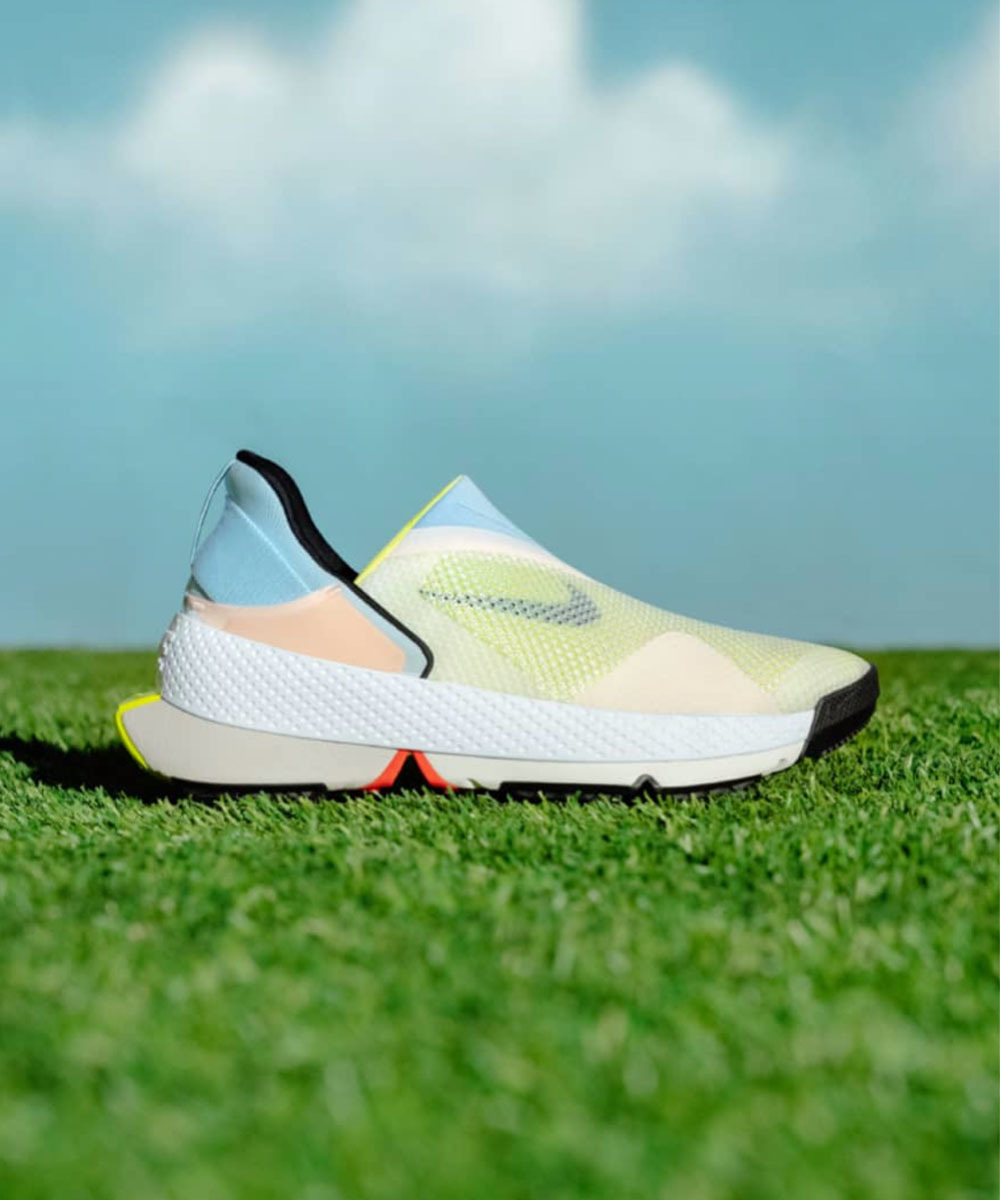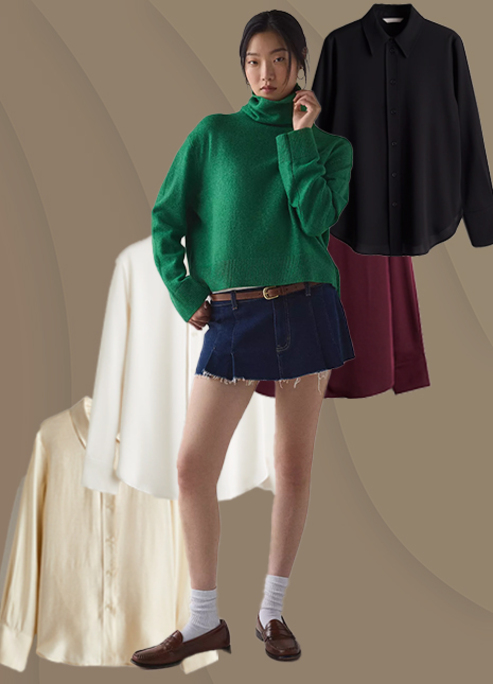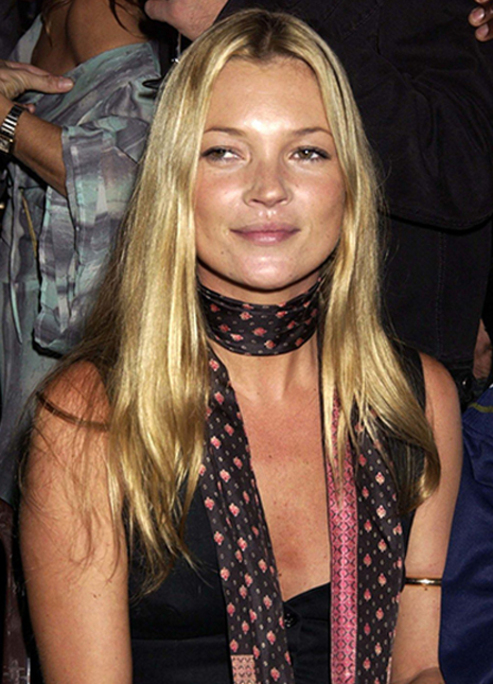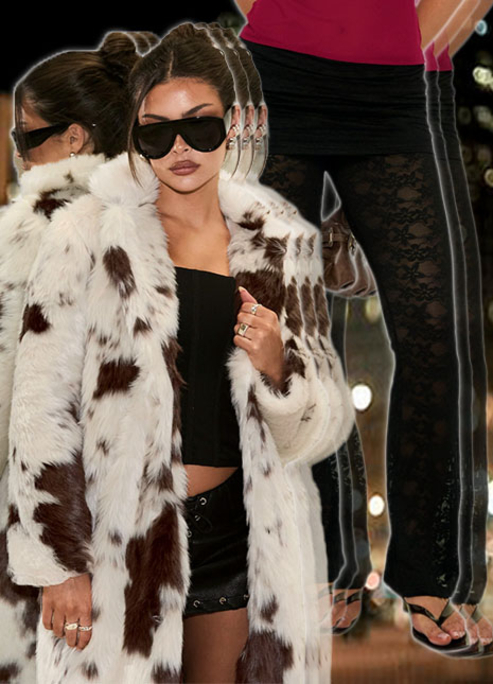
Is Fashion Making Any Progress With Its Disability Representation And Inclusion Issues?
75% of people with disabilities do not feel that their needs are met by the fashion industry.
More than one billion people around the world have some form of disability, accounting for 15% of the entire global population. However, they are also the most underserved and underrepresented in fashion. Leading disability charity Leonard Cheshire conducted a survey in 2019 wherein they highlighted the lack of choice for shoppers with disabilities in mainstream fashion. The results showed 75% of people with disabilities do not feel that their needs are met by the fashion industry and that 98% believe they aren't being successfully represented.
These numbers show that fashion has a long way to go in terms of disability representation and inclusion. Though in recent years, fashion brands and houses have begun to embrace the call for action from disability groups, disabled people still believe options and accessibility to stylish functional fashion is still very limited.
Brands and Fashion Houses that Offer Adaptive and Functional Fashion
Clothing that's designed for people with disabilities is called adaptive fashion, functional fashion, accessible or inclusive fashion. These are clothes specifically designed and made for those with disabilities or chronic conditions. Most of these clothes are mainly functional. Yes, they make it comfortable and convenient for people with mobility challenges, but most of them are designed with convenience and functionality in mind, which is why they lacked style. One of the very first global brands to heed the call for stylish functional fashion was Levi Strauss and Co. in the 1950s when they designed stretchable jeans that had a zipper on the side that opened and closed along the side of the legs. However, it took decades for other global fashion brands and luxury fashion houses to follow suit.

One of these is American fashion brand Tommy Hilfiger, who designed an entire collection of adaptive fashion, featuring adjustable hems, gartered waistbands, and magnetic closures. Another global brand was also praised for releasing hands-free shoes - Nike released the Go FlyEasy sneaker model, which lets you put on does without the use of your hands. It was inspired by Matthew Walzer, a young athlete with cerebral palsy. Statistics about cerebral palsy actually reveal that it is the most common motor disability in childhood and 1 in every 345 children in the US has one form of the disease. Though Nike was heralded for the innovative product, many also criticized the brand for making the sneakers a limited release available only to select Nike stores. Critics stated that although the sneakers were a great solution, the brand didn't make it accessible for the very people that needed it the most.
Inclusivity, Not Just Representation

In 2019, fashion weeks around the world started featuring models with disabilities on the runway. Ad campaigns also featured disabled models, and representation and inclusion were seen to be optimistic in these regards. Today, partly due to social media, people with disabilities are finally able to say they feel seen. Disabled models are finally seen on the cover of magazines, in marketing campaigns, on the catwalk, and in beauty campaigns.
However, representation is not enough. People on wheelchairs still find it hard to shop in brick-and-mortar stores, salespeople still feel awkward styling disabled individuals, and most clothes still don't address mobility issues. In order to be truly represented and included in fashion, disabled individuals must be included in the design process of adaptive fashion collections. Sadly, most global fashion brands don't have this in mind when creating collections.
As optimistic as the fashion industry may seem about functional fashion, designers and fashion houses must do more in terms of all aspects of representation and inclusion of the biggest minority group in the world. Creating clothes that meet the needs of people with disabilities should not be the exception to the rule, but it should be the norm in the fashion industry.











